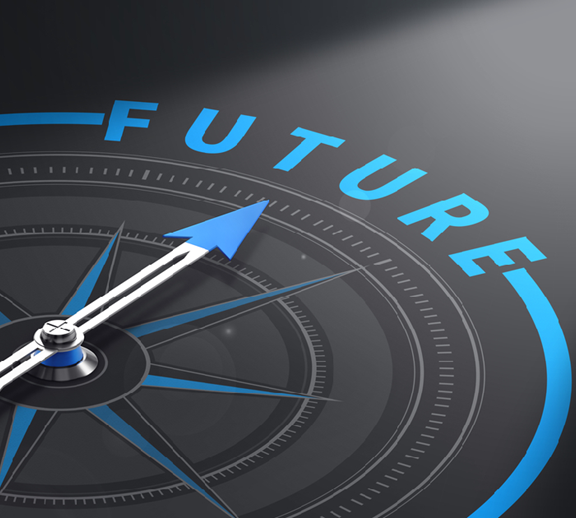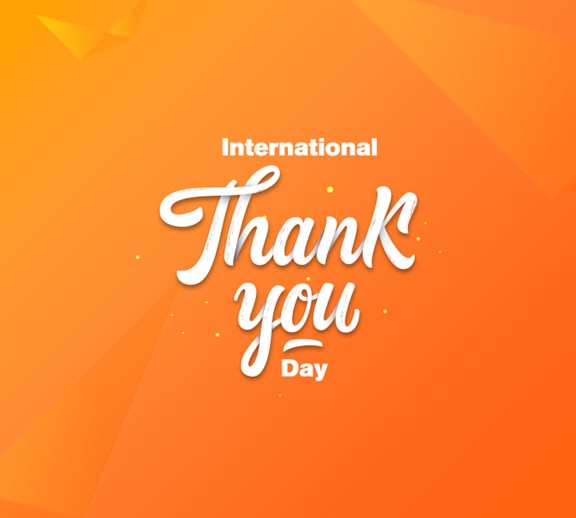3 Sales Lifeboats During Slowdown
Apr 27, 2020
There is a silver lining to slowdowns. Such periods offer organisations the opportunity and the time to design new frameworks. Sales leaders, who change the rules of engagement, will be able to succeed in steering their sales organisations to a new normal.

The current economic slowdown, coupled with and affected by, the uncertainty of the nature and duration of the ongoing pandemic, has challenged sales leaders like never before.
The concerns you may have as a sales leader today are probably one or more of these:
- How do I ensure my team’s mental, physical and emotional well-being -?
- How do I manage a collapsing or stagnant sales pipeline, in particular for businesses with longer sales cycles?
- How do I keep sales reps active and productive during a slump?
- How can I ensure my team is able to prepare and predict for a change in customer needs, as they emerge from the slowdown?
- How do I set SMART goals during this period?
However, there is a silver lining to slowdowns. Such periods offer organisations the opportunity and the time to design new frameworks. Sales leaders, who change the rules of engagement, will be able to succeed in steering their sales organisations to a new normal. Achieving this requires, above all, purposeful design.
Here are 3 design ideas to keep your team motivated, engaged, and to prepare your business for re-emergence:
1. Design for personalisation:
Sales organisations typically follow a classic bell curve of performance (20-60-20) - with about 20% bucketed as laggards, 60% middle or core performers, and another 20% as top performers. Traditional sales contests do not address the nuances of this curve, and may not be designed to encourage every salesperson to deliver his/her individual best. Over a period of time, star performers start delivering predictable results or worse - do just enough; there is higher dissonance and lower motivation among B & C players who feel they just can’t win!
A shift in design necessitates moving from generic benchmarking to personalisation of goals at the individual level, irrespective of where the salesperson falls on the bell-curve. This relevance and personalisation is called IDIOSYNCRATIC FIT. This new framework of goal-setting encourages each salesperson to deliver his/her maximum potential.
Leaders, who build contests around this fit, considerably reduce dependence on few top performers, set up a true level playing field for all their team members and set the stage to achieve breakthrough results.
2. Design for Ownership:
Personalisation is great, but how do we get our salespersons to really own the goals? Owning a goal is a very emotional process. A great way to heighten salesforce involvement is by allowing them to self-select goals. This tells your team you trust their judgement, and that you trust them to deliver their personal best. Designing this is akin to goals runners set. Select a baseline that you feel is the minimum viable and easily achievable goal (usually the sales person’s average past performance). With this baseline in hand, offer three goal choices with a challenging stretch on top of the baseline in each (Visualize it as a gradation). The resultant choices by your teams will leave you amazed. Research shows that people when presented with choices at three levels, typically tend to choose the higher one. The compounding result is that the overall goalpost for the sales organization moves significantly forward.
Passing control does more than build trust. When you pick your own goals, subconsciously a planning process is initiated in the brain. This is what you really want to aim for as a leader. When a salesperson starts planning, he/she starts considering various strategies that he/she can operationalize and control end to end. This is a great way to garner hitherto untried, untested ideas, and is imperative to innovation in downturns.
3. Design for Motivation:
Salespersons are intrinsically motivated at some level. To up the game, they need to be presented with some extrinsic motivation. As a leader, you need these extrinsic motivators to do two things.
The first is to nudge them to stick to their plan and achieve their goal. This is achievable by building in vividness into your contests through personalised communication throughout the period of the contest. Fitness trackers and apps that remind you every day of your goal and how far you are from them, use this concept of nudge. Engaging with a group that can keep you motivated each day, and shareable dashboards showing how close you are to your goal vis-à-vis your group. It also facilitates proactive sharing and seeking of best practices. A well-designed communication that visually shows salespersons if they are on the right path to succeed has the same effect. The second objective is to nudge them to aim higher. This is achievable by not just presenting salespersons with goals, but also higher rewards based on the risk they are willing to take, and goes back to the principle of giving an individual the power to choose. In an ideal scenario, this would mean hedonic motivators like experiences and luxury rewards for a higher goal versus more utilitarian rewards for hygiene goals.
During slowdown periods, consider a mix of both depending on the lag and lead measures that work for your business. Lag measures are outcomes; while lead measures are indicators of how likely a person is to achieve her goal. Let’s look at the running example again. A lead measure could be consistency -say the number of running days in a row-till it becomes a habit. In B2B sales, some lead measures to goal salespeople on during downturns are - Number of existing leads that belong to industries that are likely to emerge strong (to get a better sense of your current funnel), Level of penetration into existing accounts (use this time to map client organizations for cross-sell/ upsell opportunities), number of pieces of content shared with decision-makers and influencers in the buyer organization (to maximize engagement and stay connected), number of self-generated leads (to help reduce dependence on marketing), etc.
In summary, thoughtfully designed sales contests during an economic slowdown can act as lifeboats! Let us know which of these design ideas work for you.
Looking to build engagement and loyalty for your brand?















